Many hikers and backpackers carry camp shoes to help their feet recover after a hot day of hiking or to change into for stream crossings to keep their socks and hiking footwear dry. Sandals, water shoes, slides, clogs, and minimalist footwear are all popular choices but it’s worth giving some thought to their strength and weaknesses in different environments and climate conditions. They’re also indispensable for showering in hostels and at campgrounds to avoid contracting athlete’s foot from others. Check out our Camp Shoe Selection Guide below for a full discussion of the factors you should consider.
Here are the 10 Best Camp Shoes that we recommend.
1. Merrell Hydro Mocs
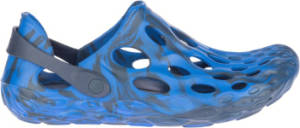
2. Birkenstock Arizona EVA Foam Sandals
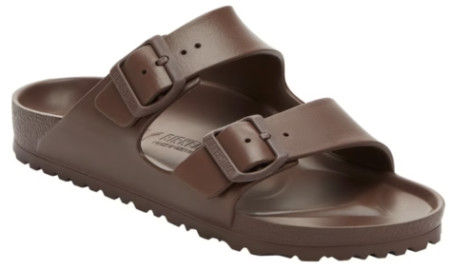
3. Crocs Classic Clogs
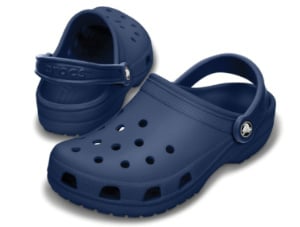
4. Xero Shoes Aqua X Sport
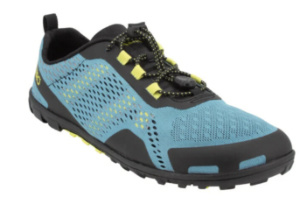
5. Hoka One One ORA Recovery 3 Slides
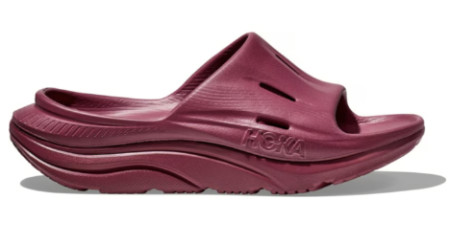
6. OOFOS OOahh Sport Slide Sandals
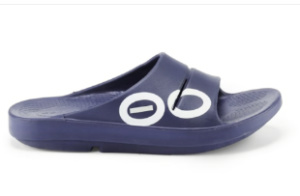
7. Shamma Sandals Cruzers

8. Crocs Crocband Flips
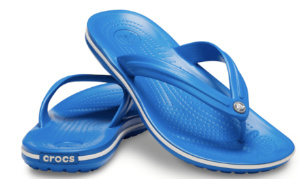
9. Mayfly Ultralight Equipment Imago Camp Shoes
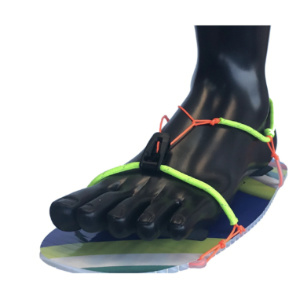
10. Classic Fitkicks

Camp Shoes 101: Selection Guide
There are a wide range of factors that make good camp shoes or water shoes for stream crossings. While almost all stream crossing shoes make acceptable camp shoes, many camp shoes lack the protection or traction needed for more challenging stream crossings, where you can’t see your feet or the bottom. Packability, stream crossing protection, weight, warmth, and insect protection are also important factors to consider when choosing a camp shoe or one that can serve double duty for stream crossings.
If you hike in well-drained hiking boots, shoes, or trail runners, it’s worth asking yourself if you even need camp shoes or stream-crossing shoes or whether you’d rather not carry them and use your existing shoes as camp shoes and stream-crossing shoes instead. There’s no right or wrong answer; it all depends on what your priorities are. There are times when it’s nice to slip on a warm and dry pair of camp shoes while cooking dinner in camp.
Packability
If you plan on backpacking, it’s best to get a camp shoe or water shoe that’s easily packable with an upper that folds flat against the sole. Shoes with folding uppers are easily packed in pockets, and if they’re wet, in the front stretch mesh pocket of many backpacks. While you can hang bulky camp shoes on the outside of a pack, they can get torn off by passing vegetation or simply fall off because you didn’t secure them well.
Protection While Crossing Streams
Shallow streams are usually easy to cross because you can see your feet and the streambed bottom. But you’ll want camp shoes or water shoes that provide more foot protection if you have to cross deeper streams where you can’t see the streambed or sunken obstructions like sticks and logs. Water shoes that provide more protection around the toes and sides of your feet have a firmer sole, and better ankle support are advantageous in such circumstances. We never recommend crossing barefoot.
Athlete’s Foot Prevention
There’s nothing worse than picking up a case of Athlete’s Foot in public showers in hiker hostels, bunkhouses, or public campgrounds. Protect yourself by wearing camp shoes in the shower and allowing your feet to dry thoroughly after hiking all day in hot and sweaty hiking boots or trail runners. It takes forever to get rid of, especially if you’re day-to-day footwear doesn’t have a chance to dry out at night.
Weight
Many backpackers are obsessed with the weight of their backpacking gear and leave comfort items behind because they’re not strictly necessary or carry lighter-weight alternatives. In general, shoes that can only be used in camp tend to be lighter weight than those that are designed to be water shoes.
Warmth
If you’re camping or crossing streams in cold weather, you may want to opt for camp shoes or water shoes that encase your foot and your ankle more like a wetsuit bootie rather than sandals or slides. Don’t underestimate how cold mountain streams can get even in summer, especially if you have to ford wide streams. The same holds for standing around camp in colder weather. Camp shoes/water shoes with fewer ventilation ports will be warmer.
Insect Protection
If you’ve ever gotten a mosquito bite on your foot, you know how itchy and unpleasant they can be. Unfortunately, insects become more prevalent in the evening, just as you’re cooking dinner in camp. Water shoes with neoprene or lycra uppers are generally more insect-proof than sandals, slides, and clogs. Wearing a sock with a relatively open shoe may still not provide enough insect protection for your needs, something to consider.
Check Out All of SectionHiker’s Gear Guides!
SectionHiker is reader-supported. We only make money if you purchase a product through our affiliate links. Help us continue to test and write unsponsored and independent gear reviews, beginner FAQs, and free hiking guides.
